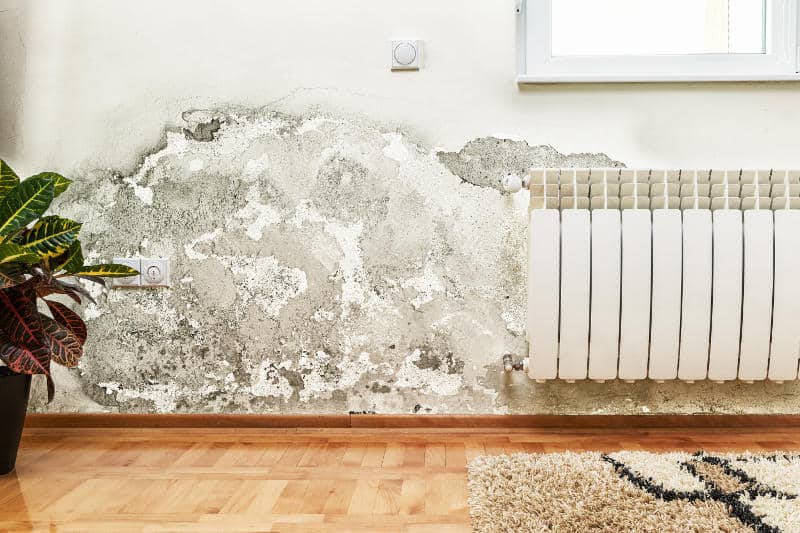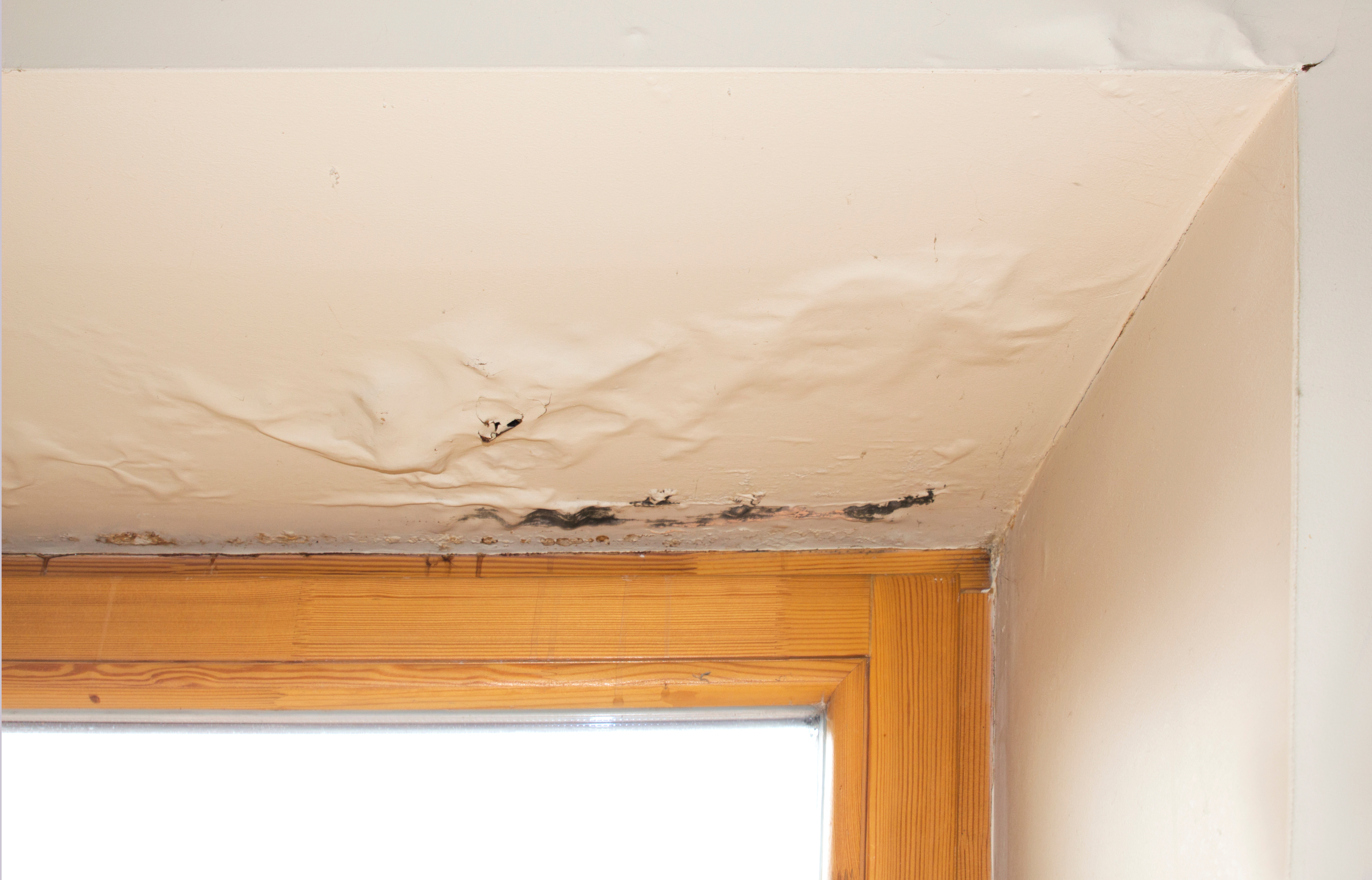Surface Leak Detection and Repair - A Thorough Advice
Surface Leak Detection and Repair - A Thorough Advice
Blog Article
They are making a number of good observations on How to Remove Water Stains from Walls and Ceilings as a whole in this article in the next paragraphs.

Water stains on wall surfaces are not positive to the eyes. Your house ought to lack spots on the wall surfaces, roof, or floors. That is the suitable state of a home and its structures. Occasionally it appears almost unavoidable to experience water spots on wall surfaces in residences.
House owners staying in moist areas frequently manage the fear of water discolorations on wall surfaces. Yet that does not need to hold true for you. With precise and well-rounded information on the causes of water stains and also punctual fixing procedures, you will constantly be a step ahead of such incidents. So, this post assures to be an useful guide for you.
3 Common Sources Of Water Discolorations on Walls
As opposed to popular belief, water discolorations on walls do not constantly originate from bad building products. There are a number of reasons for water stains on wall surfaces. These consist of:
Damp
When warm damp air meets with completely dry chilly air, it causes water beads to base on the walls of structures. This occurs in washrooms as well as kitchens when there is vapor from cooking or showers. The water droplets can stain the bordering walls in these parts of your home and also infect other areas.
Wet or condensation impacts the roofing and walls of buildings. When the wall is damp, it develops a suitable atmosphere for the development of fungi as well as germs.
Poor Water drainage
When making a building plan, it is vital to make certain adequate drain. This will certainly stop water from permeating right into the wall surfaces. Where the drainage system is clogged or nonexistent, underground wetness develops. This web links to excessive dampness that you see on the wall surfaces of your building.
So, the leading cause of wet walls, in this situation, can be an inadequate water drainage system. It can likewise be because of inadequate monitoring of sewer pipelines that go through the structure.
Pipeline Leaks
Many houses have a network of water pipes within the walls. It always increases the viability of such pipes, as there is little oxygen within the walls.
Yet, a downside to this is that water leak influences the wall surfaces of the structure as well as causes widespread damage. A telltale sign of faulty pipes is the appearance of a water stain on the wall.
Pro Suggestion
A houseplant in your home likewise enhances its moisture. So, if your home is currently humid, you might want to introduce houseplants with very little transpiration. An example of suitable houseplants is succulents.
Water Stains on Wall: Repair Tips
When dealing with water stains, homeowners would generally desire a fast repair. Yet, they would soon understand this is disadvantageous as the water spots repeat. So, below are a couple of valuable tips that will certainly assist you in the repair of water discolorations on walls:
Verdict
No one wants to have water discolorations on wall surfaces in their home, it can occur to the ideal of us. This article provides you take advantage of, as you currently recognize how to handle this incident if it does take place.
It is constantly best to recruit professional services to assist deal with the problems in your home.
In some cases it seems nearly unpreventable to experience water stains on walls in houses.
Contrary to prominent idea, water spots on wall surfaces do not constantly stem from inadequate structure products. There are several causes of water stains on walls. The water droplets can stain the surrounding walls in these parts of your home as well as spread to other areas.
Right here are a few valuable ideas that will assist you in the repair service of water spots on wall surfaces:
What To Do About A Water Stain On The Ceiling
Why This is Important
Not only are water stains a cosmetic issue, but they can also indicate that there is a leak in the home that needs to be fixed. Sometimes, this may be the first indicator of a bigger problem brewing or may have been a one time leaky issue. It is important to investigate to make sure it is under control before you possibly have thousands of dollars in repairs.
Identify the Cause of the Water Stain on the Ceiling and Where to Start
It is important to identify the cause of the water stain on the ceiling first so you can fix it. Start first with the roof to see if there are leaky shingles or missing shingles, missing flashing, or weakened seals around roof vents. You may need to get on top of the roof to look or call a professional to check for you. It is possible that water is coming into the home from the roof. So you will want to have the professional take a look to see if this is the issue.
Also, look in the attic to see if there is a pool of water and that will also help you to know if there is water leaking into the home.
Radiator or Air Handler on 2nd floor
In colder parts of the country, there may be a radiator on the second floor. Radiators are used to keep rooms warm in the cold months and do wear out or need replacing. Does the radiator have a pool of water underneath it or any dripping? If yes, this could be the problem and causing the water stain on the ceiling. Check the model of the radiator and see if it is something you can do yourself or call a professional to check the body, pipe, and the valve for leaks.
The same is true for those who have an air handler on the second floor. Did your AC stop working? Or do you see water leaking? The drip pan (if you have one) on an HVAC unit collects the water and it can become clogged and back up. The float switch (again, if you have one) will activate as soon as the water reaches a certain level and shut down the HVAC unit, thus not allowing the water to continue to flow. Make sure the HVAC doesn’t become clogged and checking this monthly is a good idea.
Upstairs Bathroom Can Cause a Water Stain on the Ceiling
Bathrooms are often the culprit as caulking wears out after about 10 years and needs replacing. Is the home older than 10 years? This may be the issue. While checking the caulking in the bathroom around the sinks, toilets, and shower/bath, also check for black mold in the shower. Might as well rule everything out while you are looking for the source.
Other areas to look at are toilets clogging and overflowing. Do you see water near the toilet on the floor? This could be the seal is broken on the toilet and it needs replacing. Also, adding caulk to the toilet to connect it to the floor is a good idea. If the toilet is continuously running, you can shut off the water and do the water meter test.
Write down the number on the water meter and then turn off the water for three hours. When you turn it back on, check the number on the water meter. If it has increased, then you have a leak in the indoor plumbing.
Taking care of these areas is essential as sewer gases can also be escaping. Sometimes these issues will soak the ceiling below and clog in sinks and drains in the shower can also cause flooding in a bathroom.
Put a Drop Cloth on the Floor
With goggles on and gloves, put a drop cloth on the floor. Then, take 3 glasses of warm water and one cup of bleach and mix it together. Set up a ladder and climb up to the stain. Use a sponge that is soaked in the concoction to rub it on the water stain to get it to come off. Take a spray bottle of plain water and spray the stain to get the bleach mixture off. This is important because you want to be able to prime it and paint it. Take a dry towel and rub the stain to help it dry faster. Next, put painters tape around the ceiling if the spot is near the walls. Apply an Oil Based, Stain Blocking Primer
Apply an oil based, stain blocking primer that is mold resistant that matches the ceiling. It is important to put the primer on first so the paint doesn’t soak into the ceiling. If you have a flat ceiling, you can use a paint roller with an extension to apply it. Once the primer has dried, apply the paint. If you have a textured ceiling, a spray on primer might work better.
Choose a Latex or Alkyd Ceiling Paint
The latex ceiling paint is water-based and dries faster than the oil-based paints and also is thicker than wall paint. Make sure that the paint matches the ceiling color. Using a roller, paint it on over the primer and let it dry for up to four hours. Then, apply a second coat and let it dry. The second coat should make the stain disappear.
https://insideandoutpropertyinspectors.com/water-stain-on-ceiling/

As a person who reads on How to Remove Water Stains from Walls and Ceilings, I imagined sharing that portion was essential. Do you know someone else who is truly interested in the topic? Take a moment to promote it. We take joy in reading our article about How to Find and Repair Water Leaking in the Wall.
For quick fixes, call! Report this page